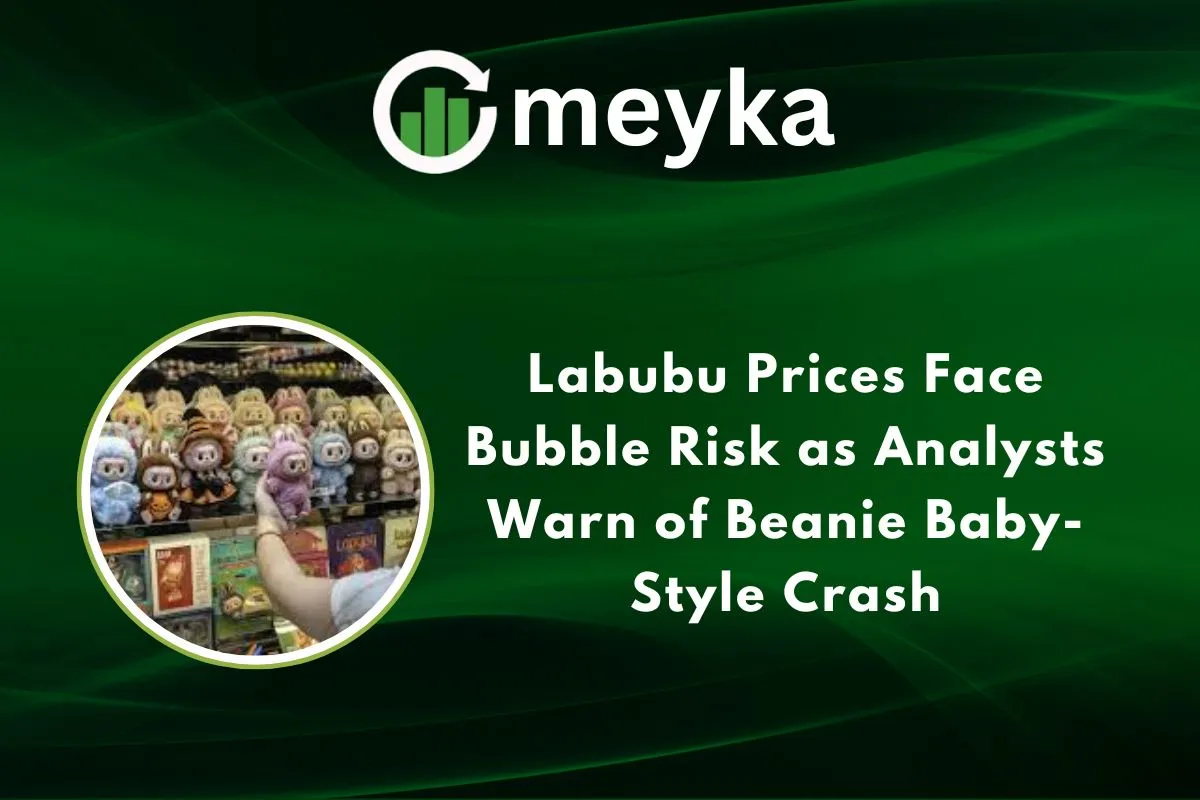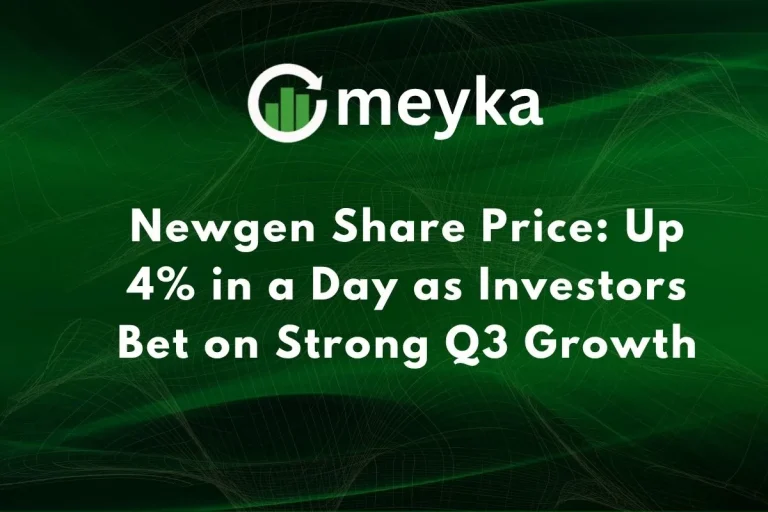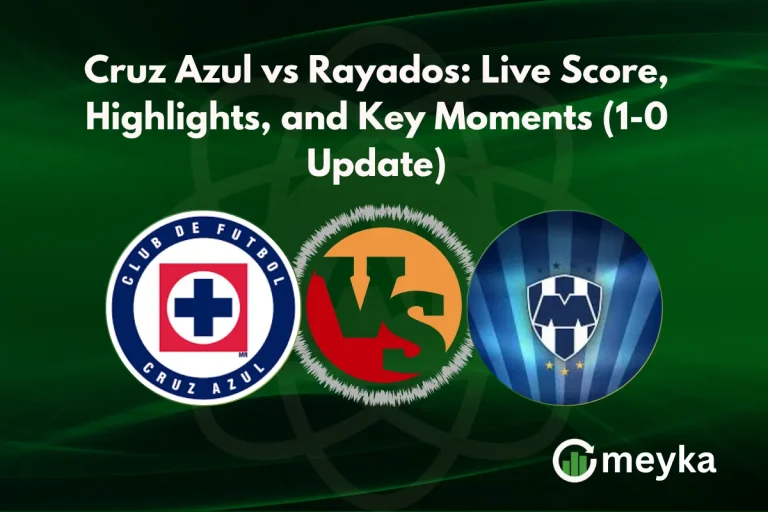Labubu Prices Face Bubble Risk as Analysts Warn of Beanie Baby-Style Crash
Labubu, the quirky monster-elf figure created by Hong Kong artist Kasing Lung and sold by Pop Mart, has shifted from a cute collectible to a record-breaking investment play. In June 2025, a human-sized Labubu (131 cm tall) fetched 1.08 million yuan (about $150,000) at a Beijing auction, the highest known price for any Labubu. We’re watching a frenzy unfold. Prices are shooting up, people are buying on hype, and some experts are sounding alarms. Could this be a bubble on the verge of bursting? We will explain the rise of Labubu, why analysts believe it might be overvalued, and what lessons from the Beanie Baby era could apply today.
Labubu Market Boom
Labubu began as a modest “blind box” toy; you pay, but you don’t know which figure you’ll get. Over time, Pop Mart has released countless versions and limited editions, fueling collector mania. What once sold for ~50 yuan in Pop Mart stores is now commanding staggering sums in the secondary market.
The demand has been stoked by celebrity endorsements, too. Big names like Lisa from Blackpink and David Beckham have publicly shown off their Labubu, giving the brand global cachet. Meanwhile, auctions are no longer just for small figurines; the June 2025 auction had 48 Labubu lots and raised 3.73 million yuan, proving that collectors are willing to go big.
The Bubble Warning
So why are analysts worried? Because Labubu’s growth feels more speculative than driven by underlying value. A “market bubble” happens when prices climb far beyond what product demand or real value justifies. In Labubu’s case, the high prices are fueled largely by hype, scarcity, and FOMO (fear of missing out). Many buyers may be chasing trends, not real utility. Pop Mart is struggling to keep up with demand, which can both drive up prices and create artificial scarcity. Some collectors argue that the limited supply isn’t just a natural shortage; it’s a marketing tactic. Plus, there are whispers of oversaturation: new sellers are flooding secondary markets, and some long-time buyers fear they’re late to the game.
Lessons from the Beanie Baby Crash
To understand Labubu’s risk, we only need to look back to the Beanie Baby craze of the 90s. Beanie Babies were mass-produced plush toys that became collectible because of perceived scarcity and hype. Prices soared as people speculated they would become future treasures. But when the bubble burst, many Beanie Babies lost nearly all of their value. Labubu’s situation has eerie parallels: high demand, limited supply, celebrity endorsements, but questionable long-term value. If the toy craze fades, investors might be stuck with overpriced items that aren’t worth what they paid.
Risk Factors for Labubu Investors
Here are some of the biggest risks associated with Labubu right now:
- Volatility: The resale market is already showing signs of cooling. Some collectors say secondary prices are slipping.
- No Real Utility: These are decorative toys more than functional assets. Their value depends on demand, not on some inherent usefulness.
- Counterfeits: The popularity of Labubu has spurred a massive market for knockoffs known as “Lafufu.” These fakes risk undermining the value of genuine figures.
- Price Increases by Pop Mart: Even Pop Mart has raised its own retail prices, increasing pressure on buyers.
- Regulation or Sentiment Risks: If the hype dies down or regulators lean in on counterfeits, the market could take a hit.
Market Outlook
What could happen next in the Labubu market? Here are a few possible scenarios:
- Continued Growth: If Pop Mart keeps launching limited editions and celebrities keep promoting Labubu, demand may hold strong. A stable, passionate collector base could form.
- Plateau: The market might settle into moderation. Prices could stop rising rapidly and stabilize as more supply hits the resale space.
- Crash: If the hype fades or counterfeits flood the market, Labubu could see a sharp pullback, especially if speculative buyers exit.
Factors that could support a stable market include real innovation (new product lines, utility), Pop Mart expanding responsibly, and stronger anti-counterfeit efforts. On the flip side, oversupply, weak drops, or consumer fatigue could push things over the edge.
Conclusion
Labubu’s rise is nothing short of a cultural phenomenon. What started as a quirky little figurine has turned into a high-stakes collecting craze. But along with the excitement come real risks. Analysts warn that the market shows signs of a bubble, with prices driven more by hype than lasting value. Comparing it to the Beanie Baby craze of the 1990s is not just nostalgia; it is a cautionary tale.
If we want to navigate this market wisely, we must stay informed, avoid impulsive buying, and understand the difference between short-term excitement and long-term value. Labubu can be fun and collectible, but patience and caution are key to protecting both our wallets and our love for the hobby.
FAQS
Labubu is fun and creative, a cute designer toy loved by many. But it’s risky as an investment. Its value can swing a lot, and gains aren’t guaranteed.
Labubu is crashing because Pop Mart boosted production heavily. That made the supply much larger. Resellers are panic‑selling now.
Prices are dropping mainly because of oversupply. Also, speculative demand is cooling rapidly as resellers unload their stock.
Disclaimer:
The content shared by Meyka AI PTY LTD is solely for research and informational purposes. Meyka is not a financial advisory service, and the information provided should not be considered investment or trading advice.






